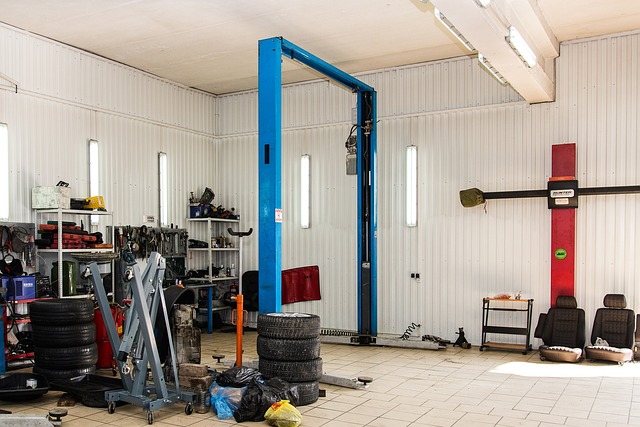In the aftermath of storms, assessing tree damage is crucial for safety. This guide explores emergency tree removal services in Anderson, SC, focusing on storm-damaged trees. Understanding common storm-related issues and when to call for immediate removal is essential. We delve into the role of commercial landscape pruning as a solution, ensuring property safety and aesthetics post-removal. For Anderson residents, knowing when and how to address damaged trees can mean the difference between a peaceful landscape and potential hazards. Discover the benefits of professional commercial landscape pruning services in this comprehensive overview.
- Understanding Storm Damage and Tree Safety
- When to Consider Emergency Tree Removal
- The Role of Commercial Landscape Pruning in Anderson, SC
- Ensuring Property Safety and Aesthetics Post-Removal
Understanding Storm Damage and Tree Safety
When a storm hits, trees can sustain significant damage, from broken branches and snapped limbs to uprooting. Understanding the extent of this damage is crucial for both tree safety and the overall landscape integrity. In Anderson SC, commercial landscape pruning services play a vital role in navigating post-storm scenarios.
Professional arborists inspect trees for stability, checking if any damaged branches could fall, posing a risk to people, structures, or power lines. Prompt action is essential; waiting may lead to further deterioration and increase the risk of property damage or personal injury. Anderson’s commercial landscape pruning experts have the training and equipment to assess storm damage efficiently, ensuring both tree health and public safety.
When to Consider Emergency Tree Removal
In the aftermath of a storm, it’s crucial to assess your property for damaged trees. If a tree has suffered significant damage, such as broken branches, trunk splits, or uprooting, emergency tree removal should be considered promptly. Safety is paramount; live power lines or close proximity to structures increase the urgency. Commercial landscape pruning services in Anderson, SC, offer expert advice and swift action during these critical times.
Regular commercial landscape pruning can prevent many storm-related issues, but for trees already weakened by previous damage or disease, a storm event may be the final catalyst. Homeowners and property managers should remain vigilant, monitoring their landscapes for any signs of distress in trees, especially those near high-tension lines or valuable structures. Prompt recognition allows for timely intervention from professional tree removal services, ensuring both safety and minimizing potential property damage.
The Role of Commercial Landscape Pruning in Anderson, SC
In Anderson, SC, commercial landscape pruning plays a pivotal role in maintaining the safety and aesthetics of public and private spaces. Following storms or other natural events that cause significant tree damage, prompt action is essential. Commercial landscape pruners are equipped to handle large-scale removal and trimming, ensuring that storm-damaged trees pose no risk to infrastructure or pedestrians. Their expertise lies in identifying and mitigating potential hazards, such as loose branches, overhanging limbs, or unstable trunks.
Regular commercial landscape pruning isn’t just about emergency response; it’s a proactive measure to enhance the long-term health of local flora. Skilled professionals employ techniques that promote balanced growth, improve air circulation, and prevent the spread of diseases or pests. This routine maintenance not only contributes to the vibrancy of Anderson’s outdoor spaces but also ensures that trees remain integral parts of the community’s landscape for years to come.
Ensuring Property Safety and Aesthetics Post-Removal
After emergency tree removal services have been executed, maintaining a safe and aesthetically pleasing environment is paramount. Commercial landscape pruning in Anderson, SC, plays a crucial role in this process. Skilled professionals can meticulously shape and trim remaining trees to prevent future damage and enhance curb appeal. This involves removing any dead or diseased branches, thinning out overgrowth, and ensuring proper spacing between trees to mitigate the risk of inter-tree conflicts during storms.
Property owners should consider regular commercial landscape pruning as a proactive measure. It not only safeguards buildings, sidewalks, and other infrastructure from falling debris but also promotes healthier tree growth. A well-maintained landscape contributes significantly to the overall value and attractiveness of residential or commercial properties, fostering a positive first impression for visitors and potential buyers alike.
